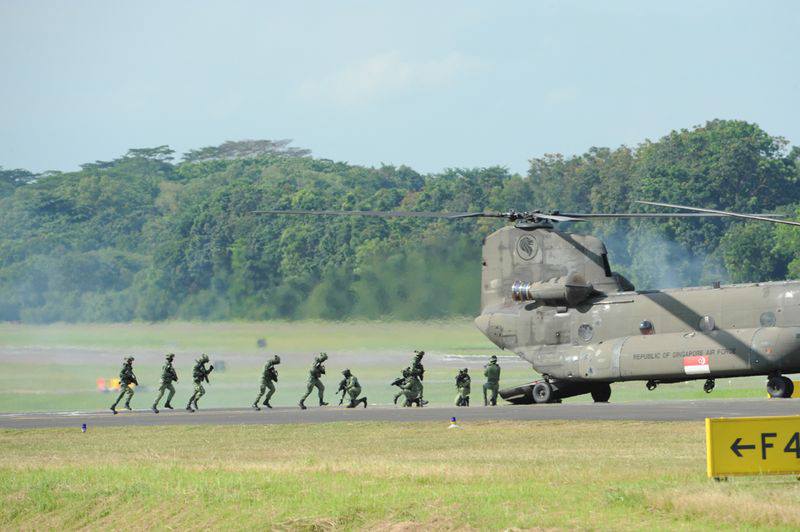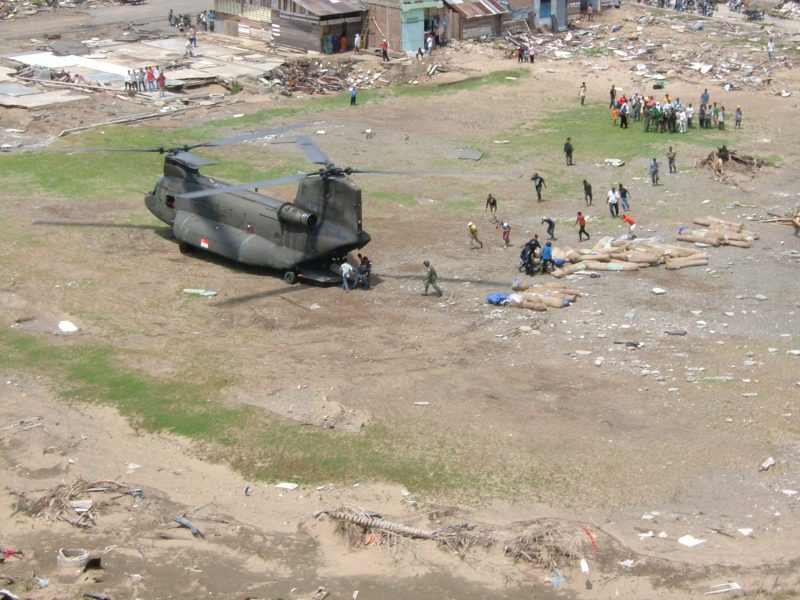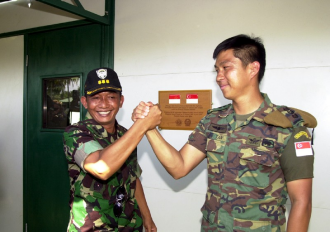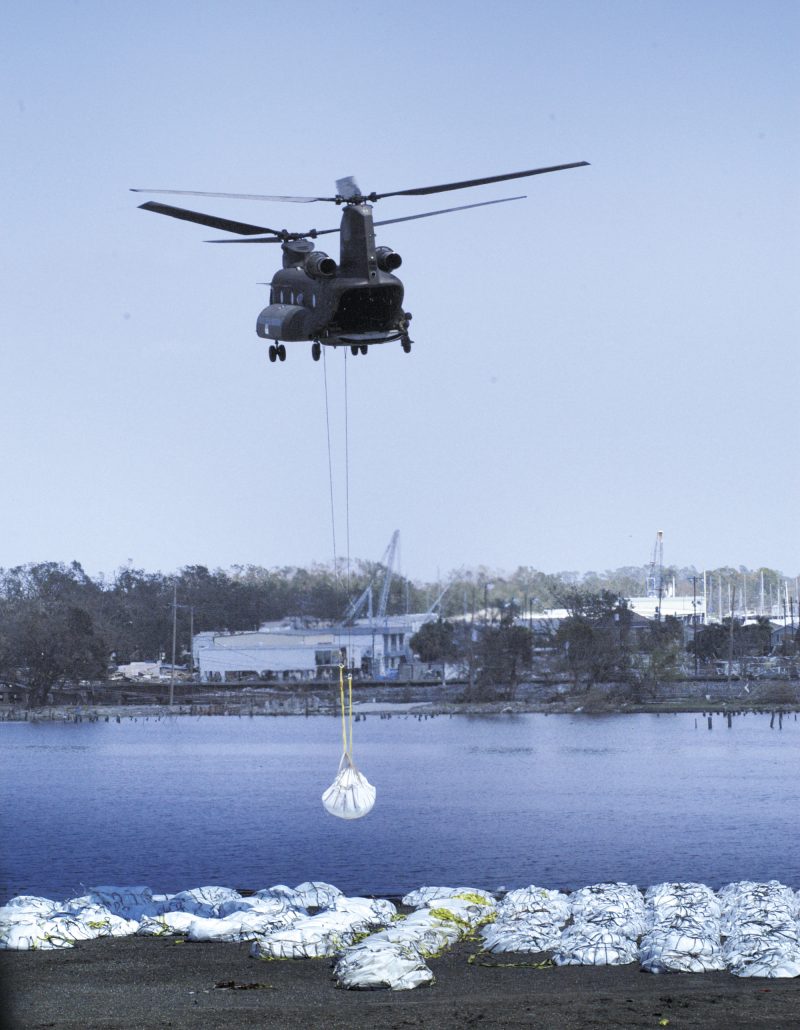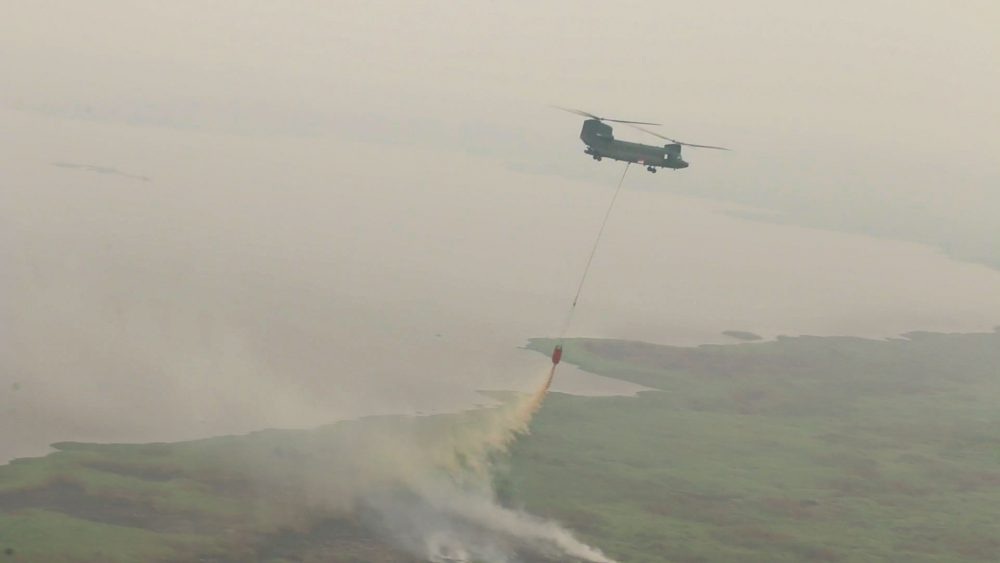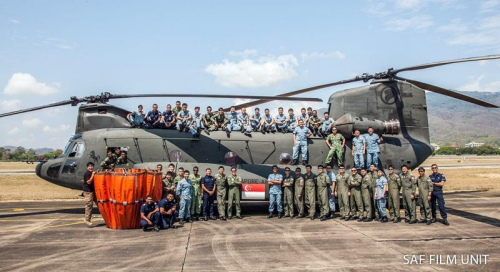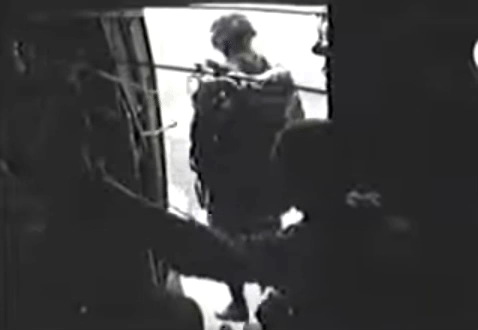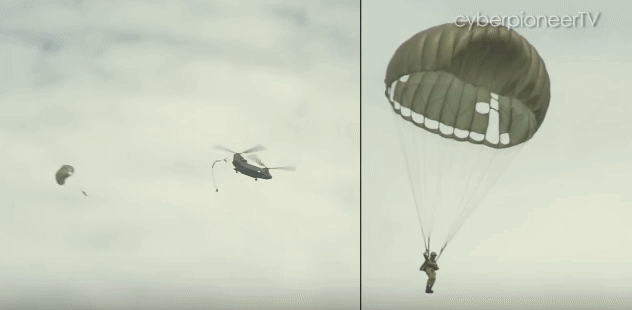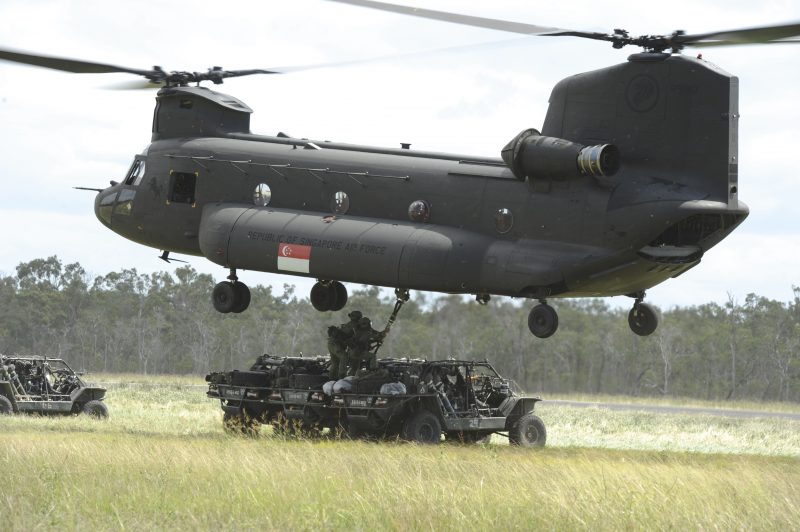The first Chinook was delivered to Singapore in 1995 and with it a new dawn for the Republic of Singapore Air Force (RSAF).
Its arrival signalled that the RSAF was ready for more intensive operations. Heavy duty and capable of executing different roles, the Chinook is the versatile chopper we were looking for.
And when Defence Minister Ng Eng Hen celebrated over 20 years of successful Chinook ops on Facebook last week, we felt it’s high time we saluted the ever-dependable hero.
Here’s a look back at its amazing tour of duty.
Tsunami relief efforts - 2004
The 2004 tsunami off the west coast of Sumatra, Indonesia was one of the most devastating disasters in recent memory, cruelly taking thousands of lives with it during the Christmas season. We sent help to our neighbours, Thailand and Indonesia, who were both badly hit.
Prime Minister Lee Hsien Loong then said: “We share a common humanity with those who have been hit. We had to act and try to make a difference to them."
Given the Chinook’s range and ability to land without a runway, affected sites were accessible for our men to provide necessary aid to those in need.
Bonus: Look who we found.
Hurricane Katrina - 2005
Killing thousands, Hurricane Katrina was the deadliest US hurricane since 1928. The SAF disaster relief team landed at the scene within 24 hours of the storm dying down on Aug 31.
New Orleans is half the world away. But distance is no stumbling block for the multi-role Chinook.
…Okay, we are taking the dramatic licence too far: The four Chinooks were based in Fort Polk, Louisana. Still, it took them just 80 minutes to get to New Orleans.
The Chinooks, along with 41 servicemen, spent eight hours in the air for 10 days, executing missions from evacuation to transporting equipment.
Fighting forest fires - 2015
2015 was a busy year for the Chinooks. While we were busy thanking Indonesia Vice President Jusuf Kalla for 11 months of clean air, the RSAF team deployed a Chinook together with 40 men to Sumatra in Oct 2015 to help put out forest fires.
Over a two-week period, the Chinook released approximately 400,000 litres of water over Palembang through the use of the 5000l water bucket, snuffing out more than 50 hotspots.
Airborne jumps
Ask an airborne trooper what he/she dreads the most.
It’s most likely being the first jumper and hearing the dreaded “STAND AT THE DOOR!” command - where you shuffle to an open door and wait forever for a slap on the back by the jumpmaster, signalling it’s time to jump out of a perfectly functioning plane, while the rest of the troopers get to follow through without the agonising wait.
For the Chinook, everyone is a first jumper. Why? Because Chinooks are savage slower than the usual C-130 planes. So there’s a need to dispatch troopers at a slower interval so that people don’t crash into each other mid-air.
A C-130 jump
A Chinook jump
The Chinook is just one of the platforms our troops use for necessary airborne training, keeping us safe in times of need.
They are like our ambassadors
In its 21 years of service, the CH-47D (aka Chinook) has played a vital role in improving ties with various countries.
There’s Exercise Wallaby (Australia), the Exercise Bersama series (Australia, Malaysia, New Zealand and the UK) and Exercise Forging Sabre (USA) just to name a few.
And of course, who can forget this sight?
Here’s to many more years, dear Chinook!
Photos from Cyber Pioneer and RSAF
This sponsored post helps keep Mothership writers’ chins up. If you know what we mean.
If you like what you read, follow us on Facebook, Instagram, Twitter and Telegram to get the latest updates.
